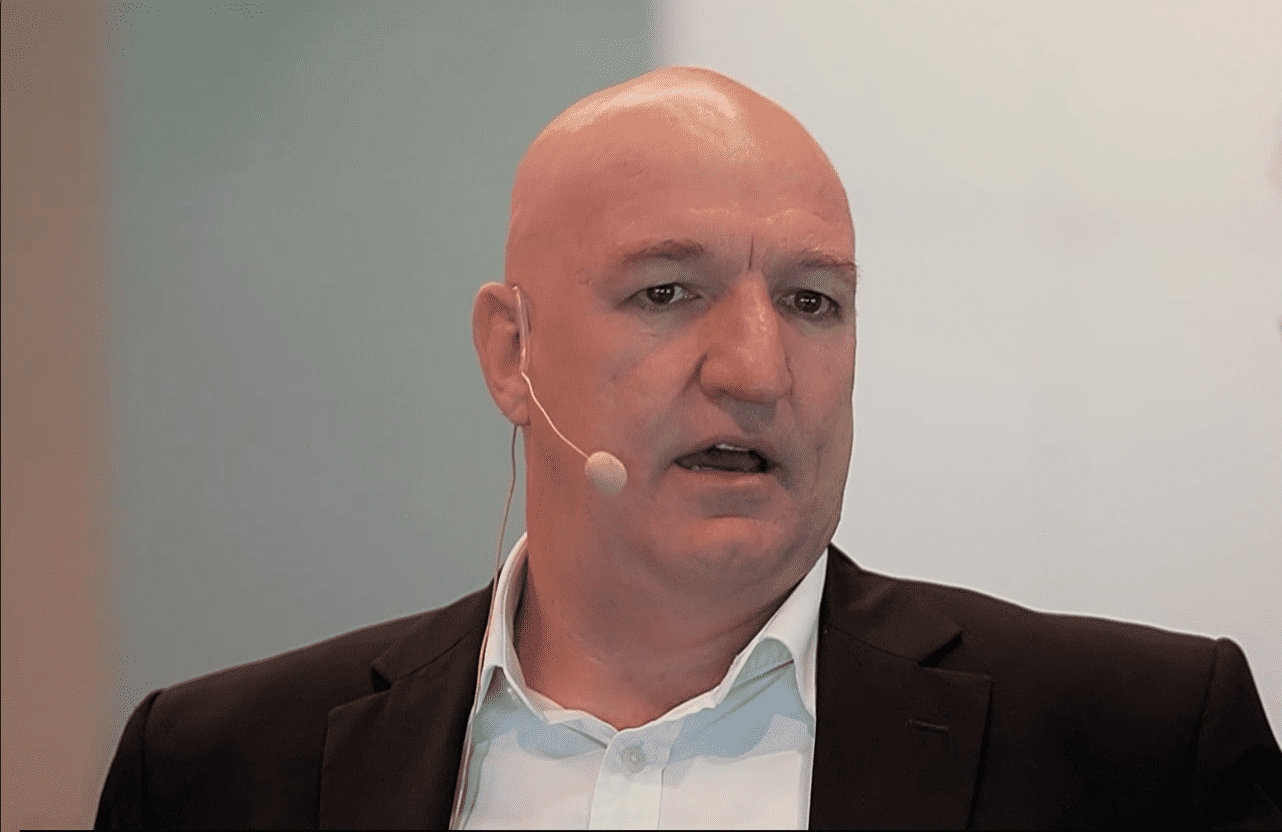Baron Rothschild once said, "buy when there's blood in the street" – for those following Santos Ltd (ASX: STO), the blood is clearly flowing.
Last year, with oil prices above US$100, Santos was riding high. Since then, hit by falling oil prices, dividend cuts and a dilutive capital raising the stock price has collapsed. But look through the noise, and there is a great opportunity.
First, and most obviously is that the share price is well below the theoretical ex-rights (TERP) price of $5.15. Even with the placement, which was done at a premium, to be 20% below the TERP and only a small amount above the rights price of $3.85 (after briefly dripping below it) this appears to be a kneejerk reaction.
Also consider that the rights issue (while arguably much later than it should have been) has also alleviated any medium term funding concerns, with the next major debt maturity not till 2019.
Secondly, it is worth considering the c.$6.5bn value that the Woodside Petroleum Limited (ASX: WPL) bid for Oil Search Limited (ASX: OSH) implies for the value of Santos' stake in PNG LNG – their crown jewel asset.
Compare this with Santos' current market cap of just $7.6bn. There are also market rumours of an increased bid from Woodside. With Santos' capex cycle having peaked following the start of shipping from the previously troubled GLNG project, this appears to undervalue the remaining assets within Santos.
Short-term oil prices continue to be a drag, but think long term
Santos recently spurned a $6.88 per share bid from a Middle Eastern consortium (equivalent to approximately $6 post rights issue). These investors are able to take a longer term view and look through the cycle, and consequently I wouldn't be surprised to see this consortium come back again given the current weakness in share price – albeit this would be unlikely to occur prior to the completion of the retail shortfall bookbuild component of the rights issue on 3 December.
Obviously the major drag on the stock has been the oil price. There has been a global glut in oil through high OPEC production (with Saudi production at record levels, and OPEC production near record levels), coupled with growth in North American unconventional (predominantly shale and oil sands) production at record levels. This has come at a time when we have seen demand growth from emerging markets starting to slow.
But it is worth stopping and looking at the underlying trends. The IEA has said that the current OPEC strategy of promoting market share over price could keep oil below $50 to 2020 – basically saying the oil price depends mostly on OPEC.
One would ordinarily expect cartel behaviour to lead to profit maximisation – so what is going on? Most obviously, OPEC is trying to crowd out higher cost producers; predominantly in North America. It has been effective, with rig counts (rigs in use drilling new wells) dropping to their lowest level since May 1995; albeit it will take time for this to flow through to total production.
Personally, I also think that the cashed-up Saudis are keeping prices low to weaken regional rival Iran as sanctions are lifted. Longer term a sustained lower oil price will help to fuel activity while keeping inflation in check. Also, as OPEC crows out other production, it makes sense for them to allow prices to start to rise again, and OPEC has said it expects the supply/demand balance to be restored next year.
Most oil companies think in decades rather than months, if you can wear the short-term noise, there is a clear longer-term opportunity.








